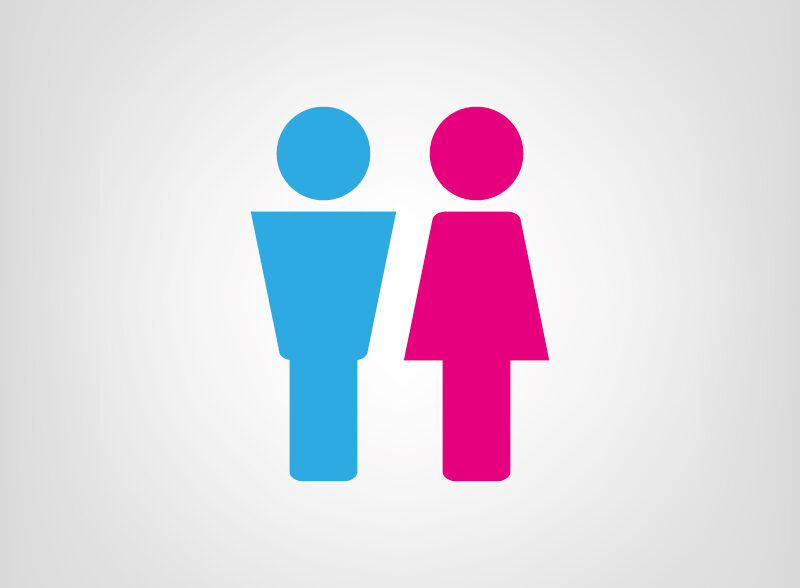Did you know that men are four times more likely to be diagnosed with a neurodiverse condition, specifically autism, than women? This fact has obviously led to a lot of questions and investigations and there are an increasing number of articles and studies exploring this statistic. There are a number of theories and hypotheses for this including:
- Gender bias in measurement instruments
- Difference in presentation across genders leading to males being ‘spotted’ more easily.
- Dramatic change in thinking from the view that males will generally be more prone to neurodiversity
The answer possibly lies in all three.
Men are from Mars, Women are from Venus

When looking at diagnosis, some research suggests that women are diagnosed later in life across all areas of neurodiversity. The Dyspraxia Foundation(2015) for example found that the average age for diagnosis for DCD/Dyspraxia was 17 for males and 22 for females.
Research can be mixed and has found that there is no differences in males and females in dyslexia but that males are more likely to be diagnosed. (Ritter et al 2004, Jime´nez et al 2009).
Other research has suggested that there are ‘intrinsic similarities between boys and girls in the cognitive and neural mechanisms characterising typical reading and mathematics development, with few and small behavioural differences emerging between genders in older age groups’ (Cambridge Handbook of Dyslexia and Dyscalculia).
Research is mixed in relation to dyscalculia and maths difficulties. Bramley et al (2015) noted that in the US for example males show better results in high-stakes maths examinations. Other research has suggested that there is no gender difference for children who have poor maths ability but there was a difference for dyscalculia (Butterworth 2019).
Smith and Kirby (2021) discuss gender differences in Neurodiversity and note that males are four times more likely to be diagnosed with ASC/ASD than females and those females that do gain a diagnosis are more likely to be older and have additional support needs.
It is worth noting that research into ASC/D does not generally include females in the participants and the current criteria that are used as part of an ADHD diagnosis were developed in mostly male samples.
As research is completed and more knowledge is gained in this area it is useful to understand not only the prevalence rates but also the reasons these may change and have shifted from where they were two or three decades ago.
Alternative theories, alternative thinking?
Theories such as The Female Protective Effect Theory and the Extreme Male Brain Theory have both suggested reasons for why more males are diagnosed than females. In addition, there is research that suggests that women differ from men in their presentation of ADHD and ASC. For example, women may camouflage certain aspects of their autism and have more socially acceptable interests. In ADHD they present as more ‘dreamy’ and therefore are missed when looking for ADHD traits.
Smith and Kirby (2021) discuss Ascertainment Bias, which refers to males being more likely to be referred when exhibiting the same challenges as females. For example boys in the classroom may be more disruptive due to reading challenges than girls and so are noticed and referred on more easily.
From the summary above it can be seen that there is a large amount of existing and developing research, theories and ideas behind gender differences in neurodiversity.
As an organisation, ToHealth ensures we keep up to date with research that is emerging in this area so that we can support, guide and train our assessors, clinicians and clients on what this means for their work, assessments and employees.
In a prior role Rebecca Wones (ToHealth’s Director of Psychology) was asked to present for the British Psychological Society for their accredited CPD training around Neurodiversity in the workplace and gender.
In addition, it is important to note that we review new research in relation to neurodiversity and intersectionality. This is a new and emerging area and so we have not specifically commented on it here
Looking for more from ToHealth?
Looking to find out more about our Health Screenings? Or interested in supporting your neurodiverse employees and becoming a Disability Confident employer? ToHealth can support you with all of this and more.


